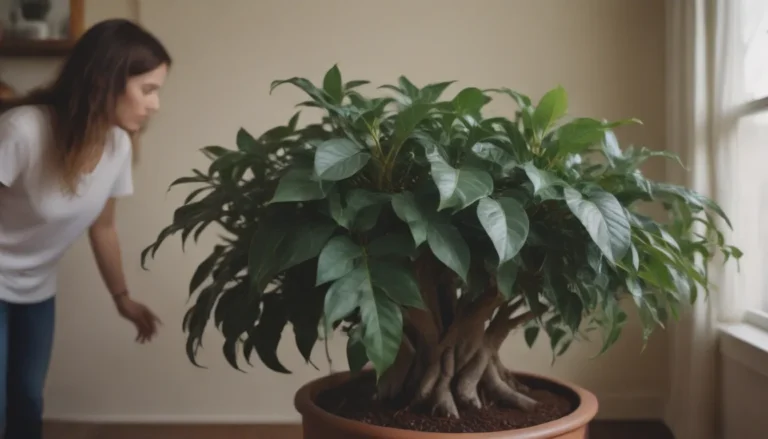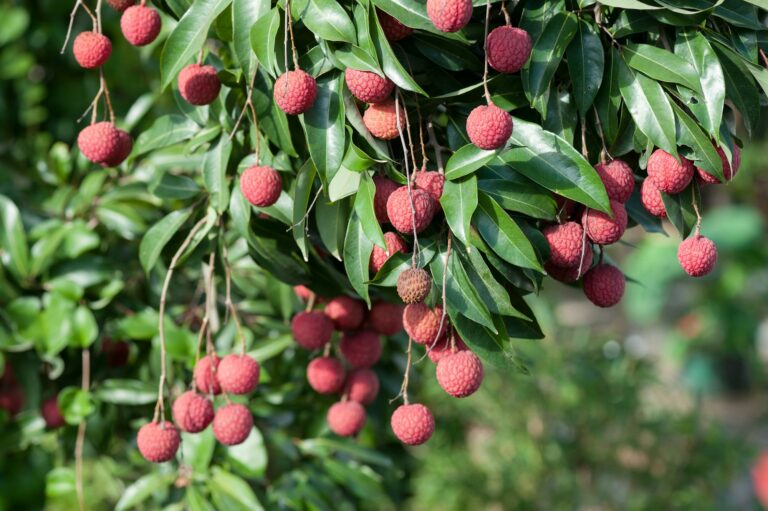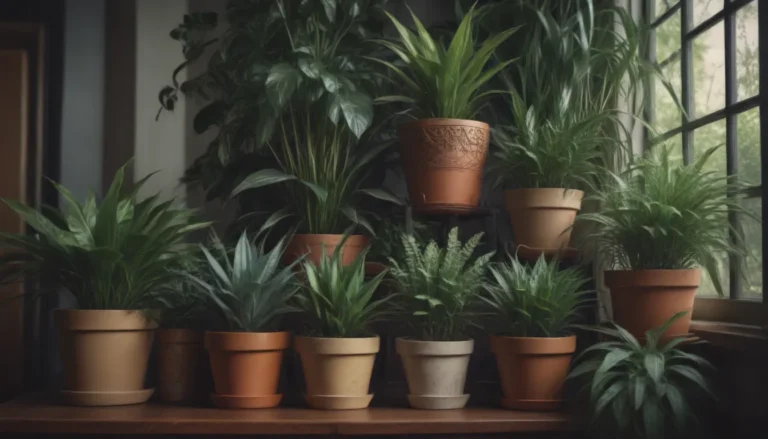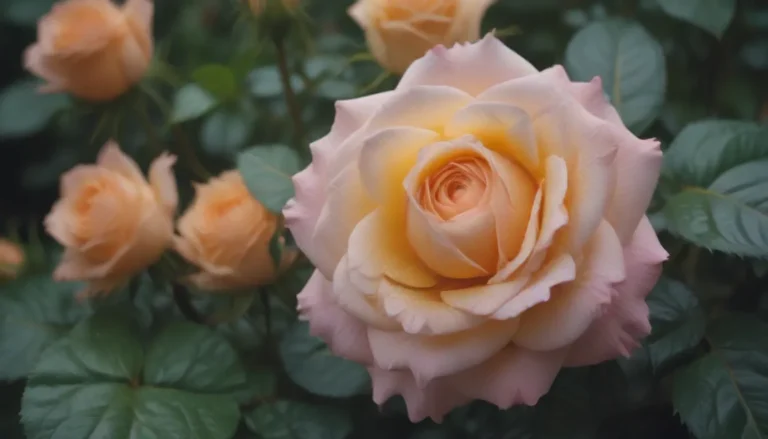A Comprehensive Guide to Growing and Caring for Pink Evening Primrose
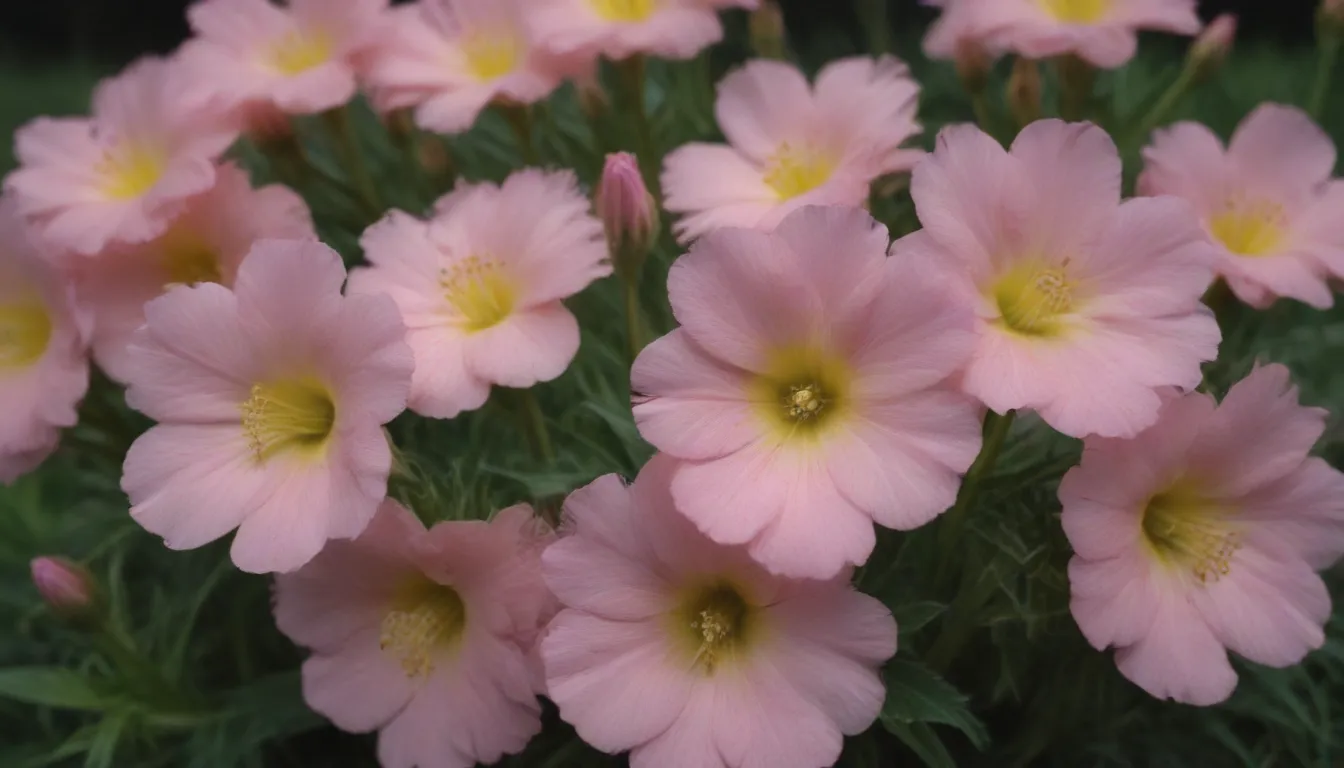
If you’re looking to add a touch of delicate beauty to your garden, look no further than the enchanting pink evening primrose. This native North American plant, belonging to the Onagraceae genus, is a favorite among gardeners for its lovely white to pale pink blossoms that open in the evening (or morning, depending on the region) and close each day. In this in-depth guide, we will explore everything you need to know to successfully grow and care for pink evening primrose in your landscape.
Getting to Know Pink Evening Primrose
Pink evening primrose, scientifically known as Oenothera speciosa, is a showy perennial plant that can reach a height of around 1 1/2 to 3 inches. This plant is a favorite among gardeners due to its stunning blossoms and moderate growth rate. However, it’s important to note that pink evening primrose has a tendency to multiply and can overtake cultivated land if not planted selectively.
Pink Evening Primrose Care Tips
Growing and caring for pink evening primrose is relatively low maintenance, making it an excellent choice for both beginner and experienced gardeners. Here are some essential care tips to help your pink evening primrose thrive:
-
Light: Pink evening primrose thrives in full sun for optimal bloom. However, it can also tolerate full shade, though it may not flower as abundantly.
-
Soil: Plant pink evening primrose in loose, well-draining soil, preferably poor soil. This plant does well in rocky, sandy, or clay soil types.
-
Water: Pink evening primrose is a moderate consumer of water and blooms best when it receives a steady water supply. Water weekly in the first year and supplement rainfall if needed.
-
Temperature and Humidity: Pink evening primrose is hardy in USDA zones 5 to 8 and prefers temperate to warm climates. It can withstand heat better than cold temperatures.
-
Fertilizer: Pink evening primrose thrives in poor soil and generally does not require fertilization. Avoid over-fertilizing as it may not benefit the plant.
Types of Evening Primrose
Pink evening primrose has several popular named cultivars, including ‘Alba’, ‘Golden Summer’, and ‘Twilight’. Additionally, there are other species in the Oenothera genus that are sometimes cultivated as garden plants, such as Mexican evening primrose and Common evening primrose.
Pruning and Propagating Pink Evening Primrose
While pruning is not necessary for the health of the plant, shearing back after flowering can help reduce self-seeding and prompt a longer bloom period. Pink evening primrose can be easily propagated through root division, cuttings, or seeds. Digging up offshoot plants or collecting and sowing seeds are simple ways to multiply these beautiful flowers.
Common Pests and Diseases
Pink evening primrose is generally resistant to pests but may be prone to root rot if overwatered. Fungal leaf spots or powdery mildew can occur in humid conditions but are rarely serious. Proper watering practices and good air circulation can help prevent these issues.
How to Get Pink Evening Primrose to Bloom
To encourage pink evening primrose to bloom consistently from summer into fall, ensure it receives plenty of direct sunlight. Adequate water during dry periods can help maintain flowering throughout the season. Extended drought may reduce flowering, so be mindful of watering needs.
Common Problems and Solutions
Gardeners often face challenges when growing pink evening primrose in rich, fertile soil, as it can become invasive and difficult to control. To prevent spreading, consider planting in rocky, poor soil where the plant can naturalize without issues. Regular maintenance and monitoring can help keep pink evening primrose in check.
In conclusion, pink evening primrose is a striking addition to any garden, with its delicate blossoms and easy growth habits. By following these care tips and practices, you can enjoy the beauty of pink evening primrose while keeping it under control in your landscape. Whether you’re a seasoned gardener or new to gardening, pink evening primrose is sure to bring joy and elegance to your outdoor space.

